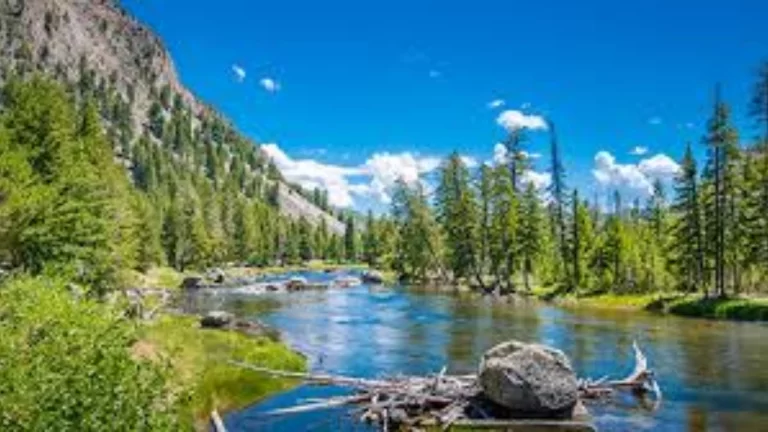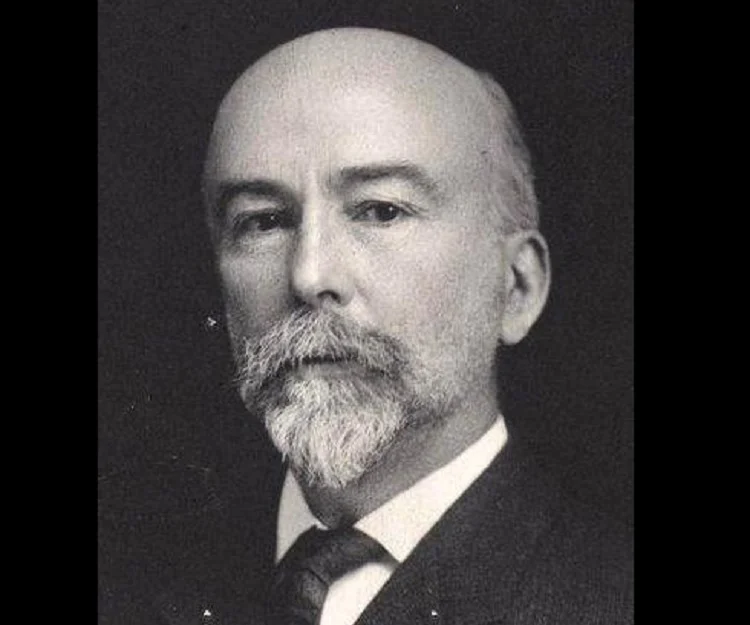Estimated reading time: 4 minutes
The Origin and Evolution of Earth’s Atmosphere: Introduction
The origin and evolution of Earth’s atmosphere is a remarkable tale intertwined with the formation of our planet itself. Spanning billions of years, this captivating journey involves various processes of gassing and degassing, leading to the development of the atmosphere as we know it today.
In this blog post, we will delve into the different theories and scientific explanations surrounding the origin and evolution of Earth’s atmosphere, shedding light on its fascinating history.
The Planetesimal Hypothesis: Capturing Atmospheric Materials
According to the planetesimal hypothesis, proposed by T.C. Chamberlin and H.R. Moulton, the early Earth initially lacked an atmosphere. As the Earth grew in size, it began capturing atmospheric materials and elements through its gravitational force. The atmosphere formed from both external and internal sources, with the Earth capturing free atmospheric molecules from its surroundings.
Over time, the supply of atmospheric molecules decreased as the Earth captured a significant portion of them. Internal sources, such as volcanic eruptions, also contributed to the composition of the atmosphere, including the release of carbon dioxide, water vapor, and nitrogen gases.
The Hot Origin Theory: Release of Gases and Formation of the First Atmosphere
According to the hot origin theory, in the early stages, the Earth was a hot gaseous mass with gases associated with it. As the Earth cooled and solidified, the formation of the first primitive solid crust led to the release of gases through the process of degassing. Gases like water vapor, carbon dioxide, hydrogen, and carbon monoxide were released, forming an initial, albeit incomplete, atmosphere.
The release of water vapor played a crucial role in the formation of clouds. However, due to the intense heat, raindrops evaporated before reaching the Earth’s surface. This evaporation-precipitation cycle eventually led to the cooling of the Earth and the formation of water bodies on the newly formed crust.
The Emergence of Oxygen: Photosynthesis and Oxygen Concentration
The early Earth’s atmosphere was believed to be devoid of free oxygen. The production of molecular oxygen (O2) occurred after the development of photosynthesizing organisms, primarily through two processes: photochemical dissociation and photosynthesis.
Photochemical dissociation involved the splitting of water molecules into hydrogen and oxygen by solar ultraviolet radiation in the high atmosphere. While the lighter hydrogen escape Earth’s gravity, the relatively heavier oxygen remained in the primitive atmosphere. However, this process might not have significantly contributed to the present atmospheric oxygen levels.
The main source of oxygen formation is thought to be photosynthesis, where autotrophic green plants and phytoplankton produce oxygen by combining carbon dioxide, water, and sunlight. Before the evolution of photosynthetic plants, chemosynthetic bacteria prepared their food through chemical processes. Over time, oxygen concentrations in the atmosphere increased, and it currently constitutes approximately 21% of the total gaseous composition.
Conclusion
The origin and evolution of Earth’s atmosphere is a captivating narrative of gassing, degassing, and the emergence of oxygen. Through the planetesimal hypothesis and the hot origin theory, we gained insights into the processes that shaped our atmosphere.
The advent of photosynthetic organisms revolutionized atmospheric composition, leading to the oxygen-rich atmosphere we depend on today. Understanding the intricate history of Earth’s atmosphere allows us to appreciate the dynamic nature of our planet and the profound impact it has on life as we know it.
FAQs
How did Earth’s atmosphere originate and evolve?
What is the planetesimal hypothesis in relation to Earth’s atmosphere?
How did photosynthetic organisms contribute to the evolution of Earth’s atmosphere?
What were the major gases present in the early stages of Earth’s atmosphere?
How did the emergence of oxygen impact Earth’s atmosphere?
You May Also Like





























